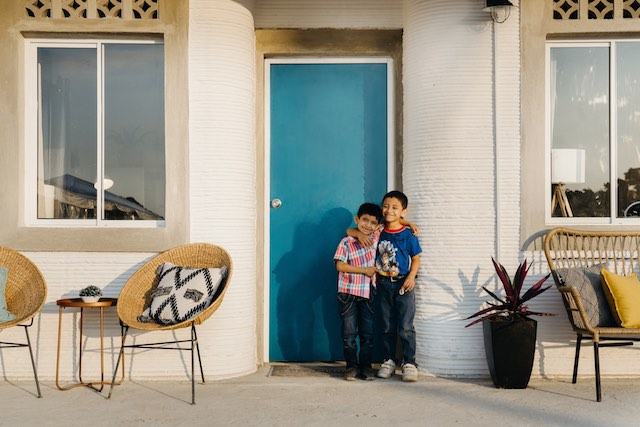
It has been two years since the first-ever permitted 3D printed house in the US was built in Texas in less than 24 hours.
Now, according to New Story, a nonprofit that pioneers solutions to end global homelessness, one of the world’s first 3D printed communities is officially underway with the first two homes already built in Mexico.
The resilient, 500-square-foot homes were each 3D printed in around 24 hours of print time across several days by ICON, a construction technologies company, and feature final construction build out by ÉCHALE, New Story’s nonprofit partner in Mexico.
The built-to-last homes located in rural Tabasco, Mexico will be granted to local families currently living in extreme poverty and makeshift, unsafe shelter. The community of 3D printed homes will contain 50 homes in total.
MORE: Canada Now Has Its First Ever Tiny House Village for Homeless Veterans
After 18 months in planning, New Story and ICON completed the first two printed homes using the Vulcan II, a massive 3D printer that is designed to work under the constraints that are common in rural locations.
This printer, designed to tackle housing shortages for vulnerable populations, is the first of its kind.
The 3D printed homes feature two bedrooms, a living room, kitchen and bath. Co-designed with feedback from the families who will live in them, the homes have been created to meet the specific needs of the community.
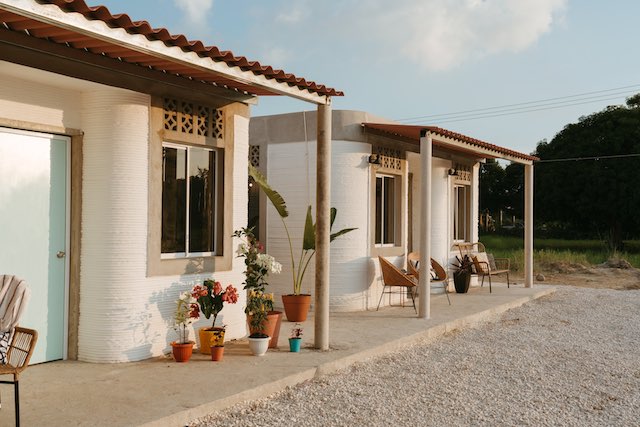
“I think it’s important to remember what makes this project different, what makes it matter,” said Alexandria Lafci, the COO of New Story. “We’re not an R&D company just for the sake of innovation, and we’re not here to turn a profit. These homes are for real people, with real needs, and everything we do is for them, and includes them in the process.”
New Story is a nonprofit serving families in need of shelter. Since their founding just five years ago, the team has built more than 2,700 homes, serving over 15,000 people, using traditional construction methods across Haiti, El Salvador, Bolivia, and Mexico.
CHECK OUT: These Sustainable Fireproof, Weather-Proof Domes Provide Revolutionary Housing Solutions
In the last two years, they’ve spent thousands of hours and millions of dollars developing innovative solutions and R&D to help build homes better and faster for the global social housing sector.
“Imagine if we could slash the cost and time it takes to build a home while improving quality and customization. This 3D home printer has that potential,” said Lafci. “Change is an open source pursuit so we are not working with ICON to bring this technology to only New Story projects, we are bringing it to the world. Our goal is to power our sector, every government and organization building homes for the poor, to do their best work.”
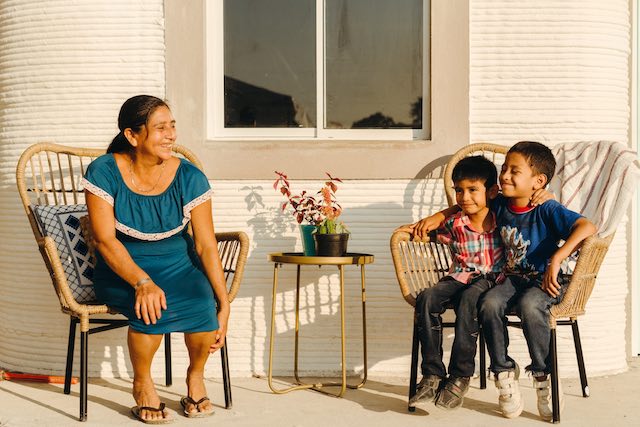
The partnership with ICON and use of the 3D printing technology allows New Story to impact more families faster, while simultaneously improving quality and design flexibility. The hope is that this catalytic R&D project will influence the sector as a whole.
Through the technology, software, and advanced material, the teams will learn, iterate, and then share the learnings with other nonprofits and governments to help everyone improve and reach families faster.
“Conventional construction methods have many baked-in drawbacks and problems that we’ve taken for granted for so long, that we forgot how to imagine any alternative,” said ICON co-founder Jason Ballard. “With 3D printing, you not only have a continuous thermal envelope, high thermal mass, and near zero-waste, but you also have speed, a much broader design palette, next-level resiliency, and the possibility of a quantum leap in affordability. This isn’t 10% better, it’s 10 times better.”
The families who will live in this community have been preselected and will move in upon community completion. Families are selected based on need; in this community, the median family income per month is $76.50—some of the lowest-income families in Mexico as a whole. Additionally, the majority of the families in this area are from an indigenous population that has historically been left out of government programs.
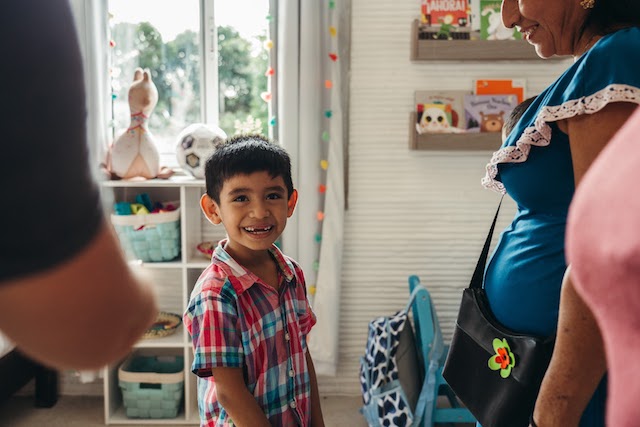
Through partnership with the local government, the 3D printed community is to be part of a larger community plan for the overall municipal area. The families will have access to green spaces, parks, community amenities, and basic utilities through this master plan provided by the local government.
“We are living a historic moment, having the first community of 3d printed homes being built,” said ÉCHALE Development Director Gretel Uribe. “But more than the technological accomplishment that this represents, which feels like science fiction meeting reality, I would like to point out that this technology is being developed and used to bring adequate housing to the most vulnerable families.
“I think this project is a lesson that if we come together to work, join talents and resources, and lead them to solve real problems, the dream of sustainability and social fairness is achievable.”
(WATCH the video below)
Build Up Some Positivity By Sharing The Fantastic News With Your Friends On Social Media…




















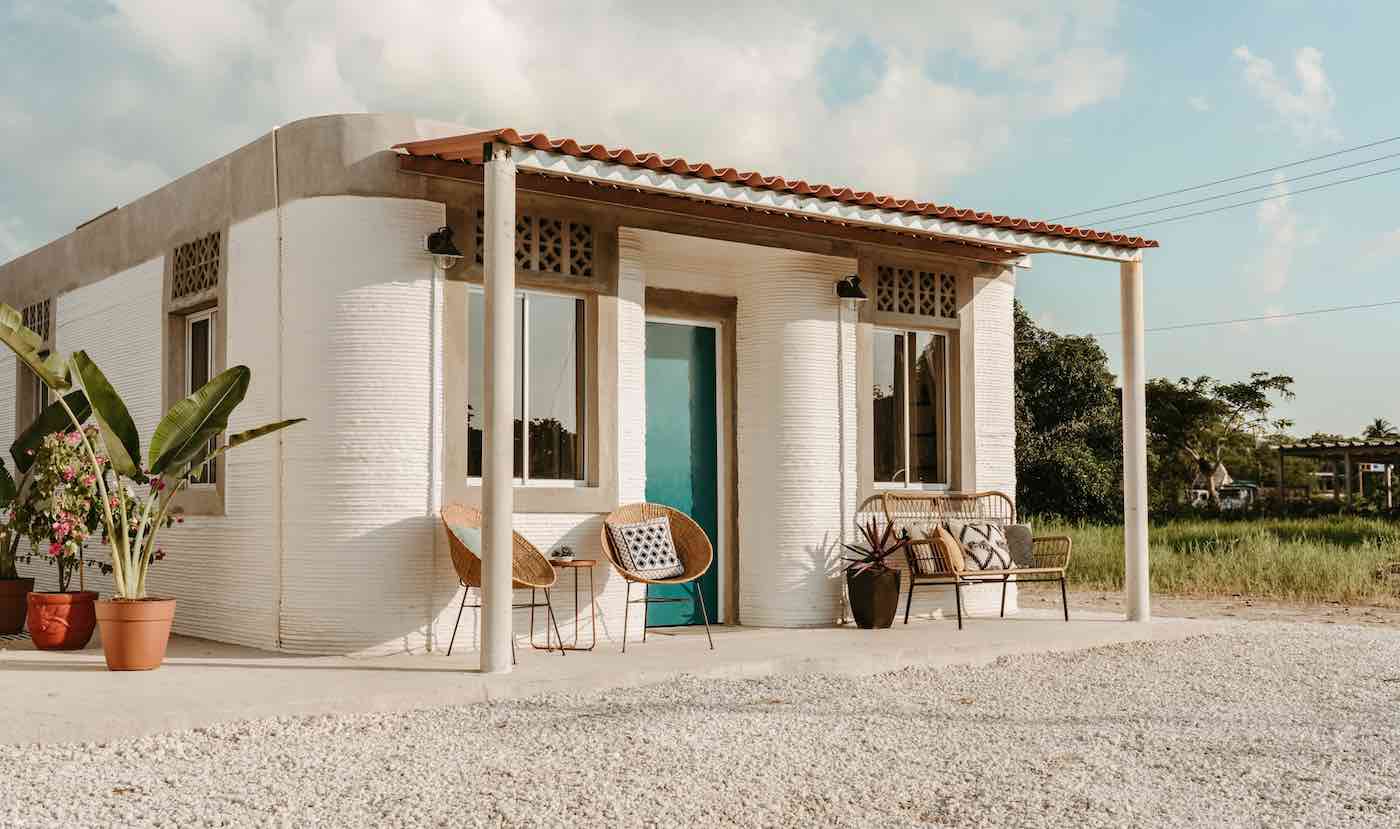
This is such great news! The goals of this company, ICON, are commendable. I wonder if homes for those in hurricane areas could benefit from these homes? There is a company Deltec that is making hurricane-proof round-shaped houses but they are high end. Your concerns for the poor and indigenous people would be helpful in these places. Good job!
This is an AMAZING project! I hope that we can very soon change our wording to allow for something more empowering and deep than “poor” for people who have been strategically dis-empowered. We must all face our (often riddled with atrocities) past, deal with reparations (for those who have been dealt various historical injustices) and honor indigenous peoples (whose voices are now being heard, but not with enough leverage and capacity). We offer “help” not simply because they are “poor” but because they are our brothers and sisters and are RICH in knowledge and ways (that many of us have lost) and because industrial western humans have plowed over many people for centuries. It must be our duty and obligation, honor, privilege, to help (and be helped) through this type of work. Thank you. No disrespect. Only a yearning and a learning, along the way to our bright future, as we face extreme challenges as one human race among many species on this beautiful planet that is suffering and so in need of love and connection. Thanks for your inspiring work!